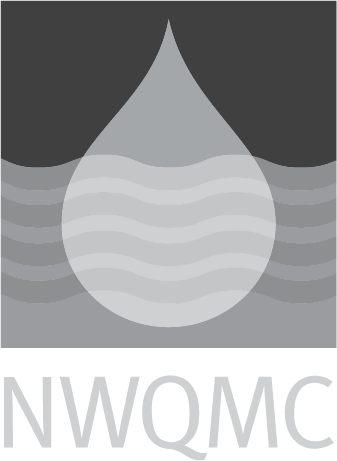USGS-NWQL: I-3270: Copper, whole water recoverable by FLAA
|
Official Method Name
|
Copper, atomic absorption spectrometric, direct |
|---|---|
|
Current Revision
| 1985 |
|
Media
|
WATER |
|
Instrumentation
|
Flame Atomic Absorption |
|
Method Subcategory
|
Inorganic |
|
Method Source
|
|
|
Citation
|
Methods for the Determination of Inorganic Substances in Water and Fluvial Sediments, Techniques of Water-Resources Investigations of the United States Geological Survey, Book 5, Chapter A1 Edited by Marvin J. Fishman and Linda C. Friedman |
|
Brief Method Summary
|
Copper is determined by atomic absorption spectrometry by direct aspiration of the sample solution into an air-acetylene flame (Fishman and Downs, 1966). The procedure may be automated by the addition of a sampler and either a strip-chart recorder or a printer or both. |
|
Scope and Application
|
This method may be used to analyze water and water-suspended sediment containing at least 10 ug/L of copper. Sample solutions containing more than 1,000 ug/L need either to be diluted or to be read on a less expanded scale. Brines need to be analyzed by the atomic absorption spectrometric chelation-extraction method, providing that the interference limits discussed in that method are not exceeded. Suspended recoverable copper is calculated by subtracting dissolved copper from total recoverable copper. This method may be used to analyze bottom material containing at least 1 ug/g of copper. Prepared sample solutions containing more than 1,000 ug/L need either to be diluted or to be read on a less expanded scale. Total recoverable copper in water-suspended sediment needs to undergo preliminary digestion-solubilization by method I-3485, and recoverable copper in bottom material needs to undergo preliminary digestion-solubilization by method I-5485 before being determined. |
|
Applicable Concentration Range
|
10 - 1,000 ug/L |
|
Interferences
|
Individual concentrations of sodium (9,000 mg/L), potassium (9,000 mg/L), calcium (4,000mg/L), magnesium (4,000 mg/L), sulfate (9,000 mg/L), chloride (9,000 mg/L), nitrate (2,000 mg/L), iron (4 X 106ug/L), lead, cadmium, zinc, and chromium (10,000 ug/L each) do not interfere. Higher concentrations of each constituent were not investigated. Nickel and cobalt concentrations greater than 8,000 ug/L suppress the copper absorption. |
|
Quality Control Requirements
|
Calibrate instrument using calibration standards (CAL). Quality control samples (QCS) and laboratory blanks (LB) analyzed at a minimum of I each after every 10 samples |
|
Sample Handling
|
Container Description: 250 mL Polyethylene bottle, acid-rinsed. Treatment and Preservation: Use unfiltered sample to rinse bottles, then acidify collected sample with HNO3 to pH < 2. |
|
Maximum Holding Time
|
180 days |
|
Relative Cost
|
Less than $50 |
|
Sample Preparation Methods
|
I-3485 |




